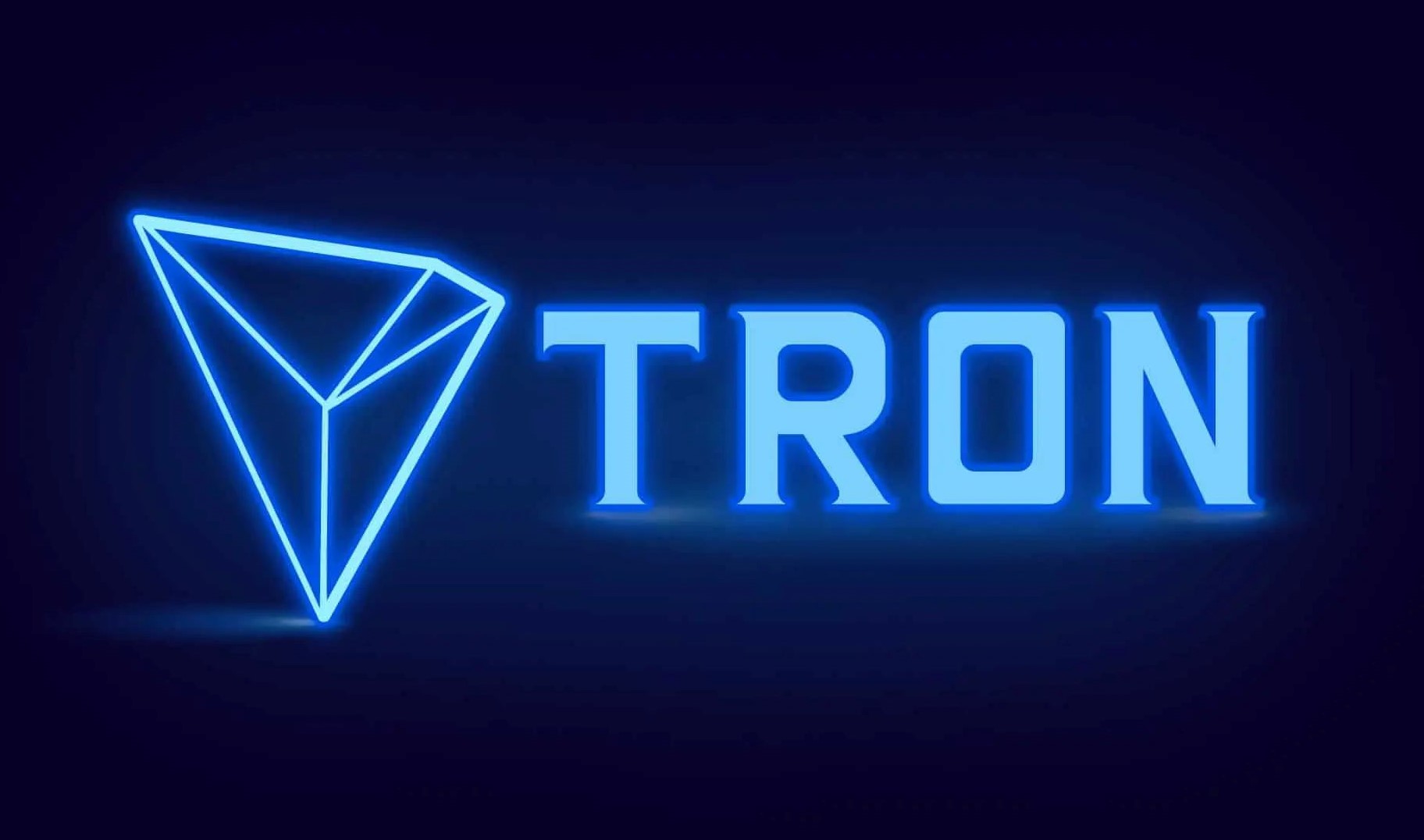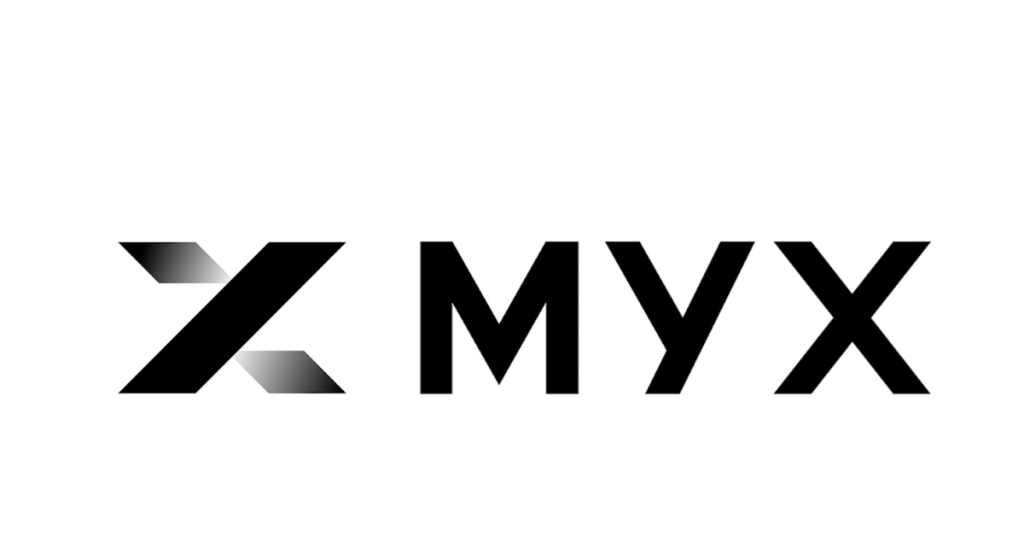ARTICLE AD BOX

- Over 46% of the TRON supply is now staked, powering most of the network’s bandwidth and energy while reducing transaction costs.
- TRON’s Stake 2.0 and rising energy demand show a thriving ecosystem driven by dApps, USDT activity, and stablecoin momentum.
TRON may not be a new name in the crypto world, but the way they keep their network activity high is definitely worth noting. According to data from CQ Research at CryptoQuant, 46% of the total TRX supply is currently staked, which is equivalent to 43.8 billion TRX. This is not just about network security. As more TRX is locked by users, the selection of validators or Super Representatives also becomes more lively.
Interestingly, users don’t just sit back and wait for rewards—they also get access to resources like bandwidth and energy, which means transaction fees can be reduced to a more wallet-friendly level.
On the other hand, since TRON introduced the Stake 2.0 system in 2023, things have become more flexible. Now, 55% of the total stakes—or around 24.3 billion TRX—are already using this scheme. Compared to the previous version, Stake 2.0 is more transparent and much more friendly to dApp users.
There is no need to bother with technical calculations like before, because this system is indeed designed to be more flexible. If we compare it, it’s like taking public transportation that used to require cash and queue, now you just tap a digital card and keep going.
 Source: CryptoQuant
Source: CryptoQuantStaked TRX Powers Most of TRON’s Activity And It’s Paying Off
Furthermore, the amount of TRX used to obtain energy has also increased drastically. Last year, only 7.5 billion TRX were staked for energy. Now? It has reached 17.2 billion TRX—up 129%. This indicates the increasing need to execute smart contracts on TRON.
It can be said that the more dApps that run, the greater the demand for energy. In fact, for users, this opens up the potential for a truly cost-free transaction experience. No more freezing TRX just to send tokens or click contracts.
What makes it even more interesting is that 80% of bandwidth and energy consumption on TRON actually comes from staked TRX. This means that this ecosystem has succeeded in forming a healthy incentive cycle. Users and DApps both benefit: one side gets free resources, the other side helps the network stay active.
 Source: CryptoQuant
Source: CryptoQuantEven the energy paid by smart contract developers to subsidize user transactions increased by 1,577% in a year. Yes, four digits!
USDT Usage Surges, Leaving Ethereum Far Behind
Not only that, transactions on the TRON network also showed a significant spike. CNF reported on June 13 that after the launch of the USD1 stablecoin—backed by cash assets and US government bonds—the number of daily TRON transactions exceeded 8 million. The launch of USD1 seemed to be a new spark that revived the TRON ecosystem as a whole.
When it comes to popular token activity, USDT on TRON is the king. As of last May, this network processes more than 2.4 million USDT transfers every day. Compare that to Ethereum, which can only handle around 284 thousand. In fact, the supply of USDT on TRON grew by 27% in 2025—already surpassing the total supply on Ethereum. And yes, most of the energy on the TRON network—around 95%—is used only for USDT transfers.
However, even though everything looks busy and moving fast, the price of TRX itself is quite calm. At the time of writing, TRX is trading around $0.2717, with sideways movement for the past week. Daily trading volume is also around $628 million.
Not bad, but not explosive either. But given the increasing pattern of activity and adoption, it is possible that this is just the calm before a positive storm.
.png)
 4 months ago
9
4 months ago
9








 English (US)
English (US)